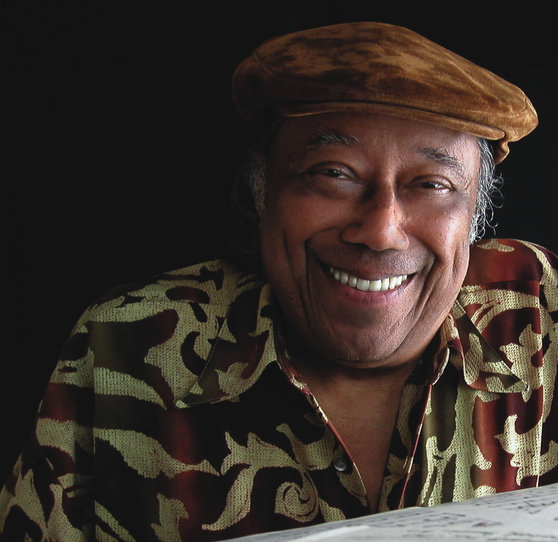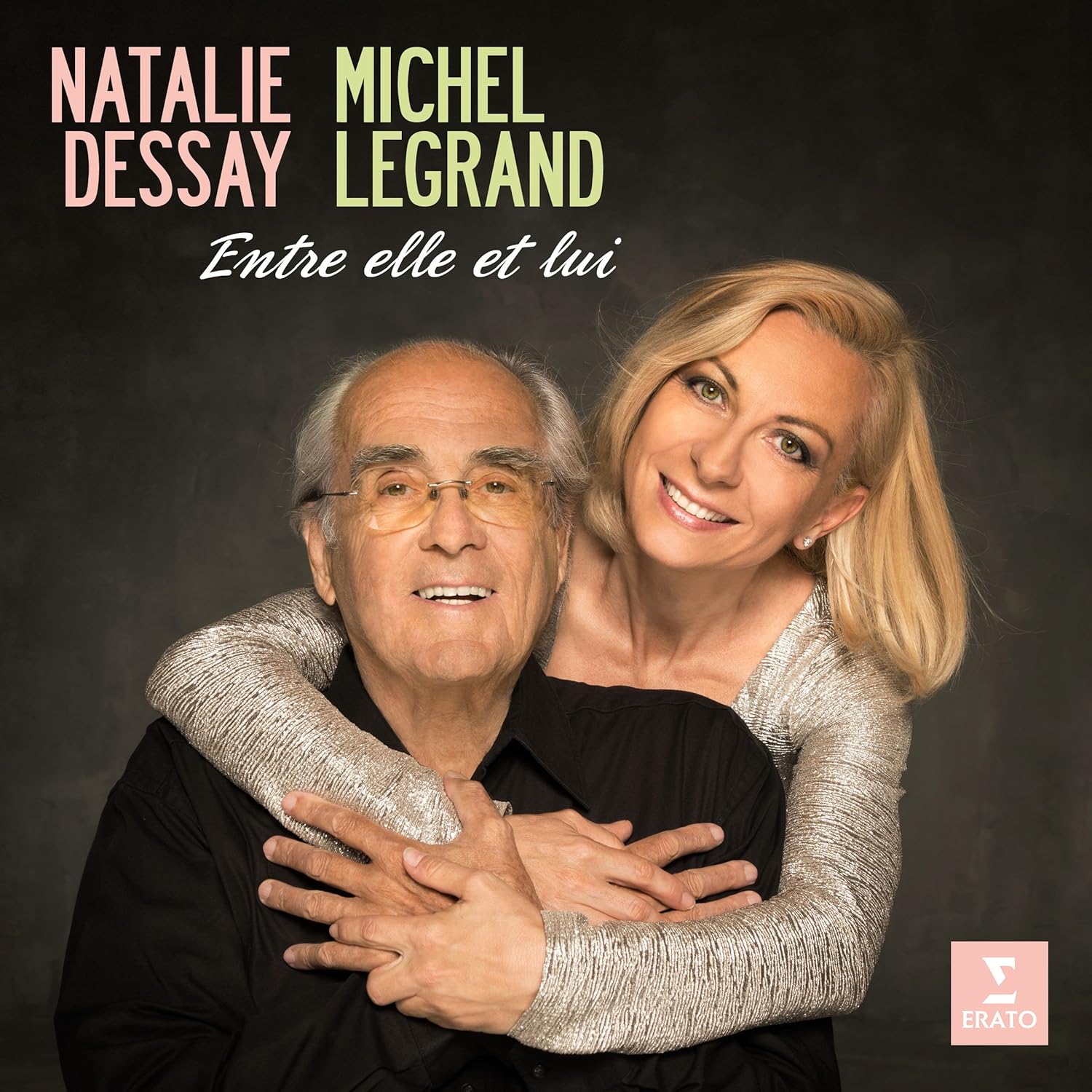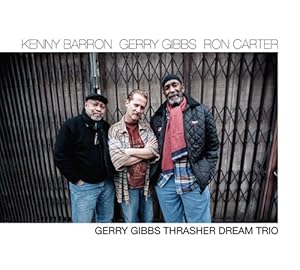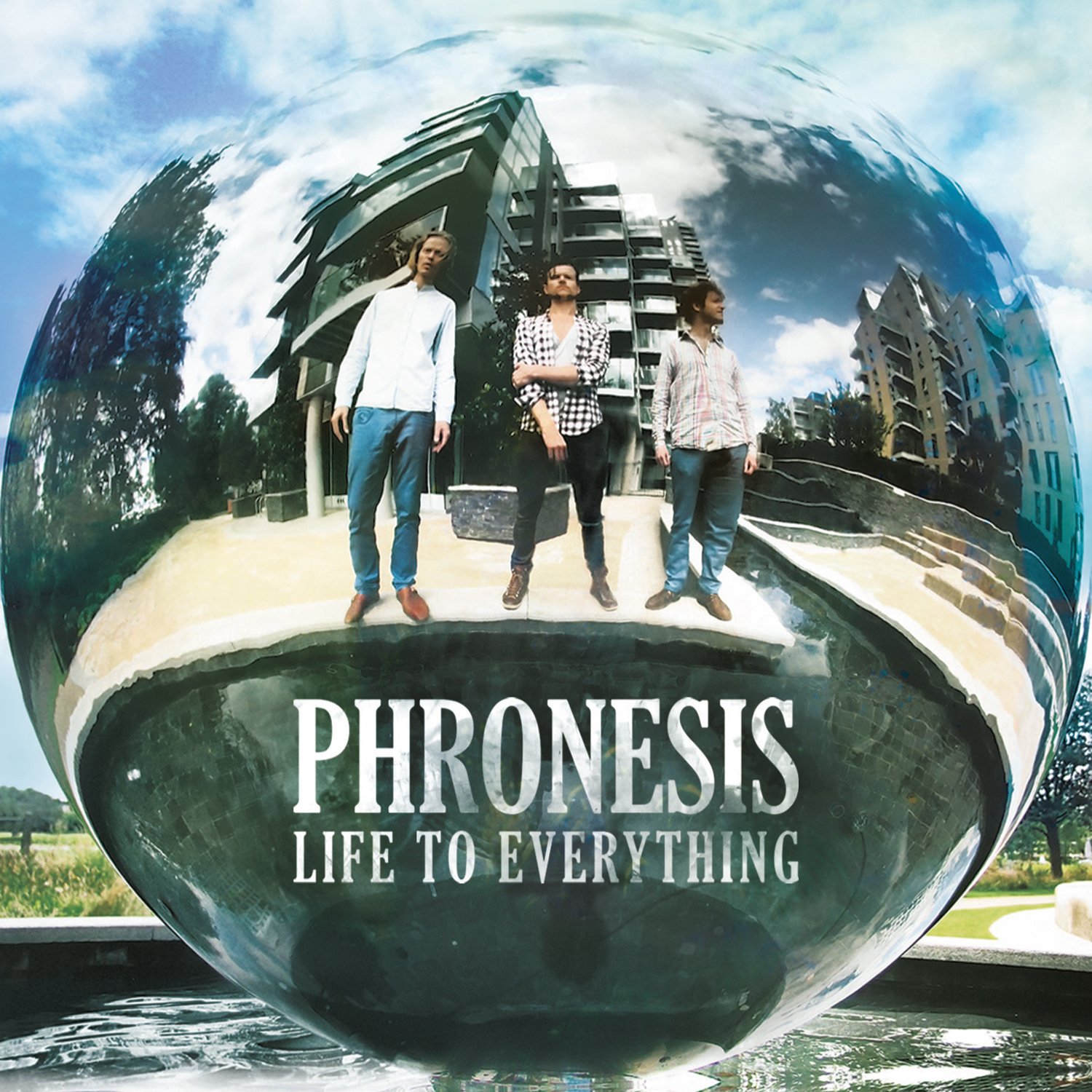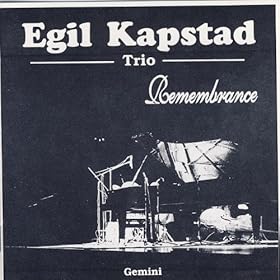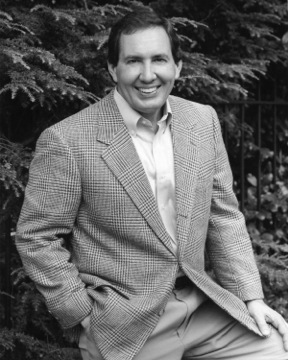By Claudio Botelho
Everything has its pros and cons. In our case, the absence of news from us passes unnoticedly. We can go anywhere without being bothered by fans, so our pens always remain conveniently kept in our pockets. Besides, we don’t have any urge to write according to the mainstream thinking. After all, what is the importance of our opinions and what dependence of them we have?
By this token, we feel much at ease to say we didn’t understand why DownBeat found Vijay Iyer’s last recording – “Mutations” - should earn four stars and, so, urged us to spent good money on a bad product. DB should refund us. Want another fake? Check Aaron Parks’ “Arborescence." Again, DB is the culprit. (Well, I admit: “fake” is too much of a bad thing. I’m pushing up a little, but his last outing is a little more than boring elevator music; that kind of product to play the role of sleeping pills, maybe?)
Anyway, it should be stated that ECM is not exactly a Blue-Note-style jazz label, isn’t it? Sometimes it is, some other times it isn’t. The fact that Mr. Iyer and Mr. Parks are known to be jazz players doesn’t mean they have to be it all the time, as much as it is difficult for me to accept the fact that someone, grabbed by this language of extreme freedom, can go “backwards."
I think that jazz is a very incremental art: if you are in grade one, it’s easier to go back, but if you belong to grade ten, things get tougher. VY is a post graduate jazzman and sits firmly in the top echelons of this art, as per his fame in the jazz circles. I, as one, know some three or four of his works and, to my taste, his “Solo” recording is the only one to confirm the recognition he’s earned. Would it be on account of its more palatable taste? Maybe… The others are “different”, but are this enough to distinguish them as outstanding?
You know what? I think that, among the realms of this art, the best tunes were already composed, the best musicians were already born (and, unfortunately, the majority aren’t with us anymore) and it is extremely unlikely we’ll ever have such charismatic geniuses as Bill Evans, Duke Ellington and Satchmo, just to name three. Will we ever hear the likes of Carmen McRae, Ella Fitzgerald, Sarah Vaughan, Betty Carter or Shirley Horn, again? Not a single chance, at least within the next two hundred years! Chances are this reality rules over DB new evaluation yardsticks, so that, to keep on granting four or five star grades, it had to lower its standards.
The reason behind the decrease in quality may lie on the simple matter that life is very different these days and doesn’t allow certain individualities to grow any more. Today, everybody sees, listens and talks to everybody so that each one’s characteristics are public domain. This leads to a great homogenization that prevents us from discovering anything really distinctive.
As you know, I’m a reader of Down Beat magazine, mostly on account of their straight star verdicts on CD reviews. It’s mathematic, scientific, precise… I don’t know about you, but, when reading reviews by other magazines, it’s not that uncommon my finishing without knowing the REAL opinion of the reviewer. Purposefully or not, this frequently happens. So, the stars are unquestionable indicators of the judgment. Of course, not every five-star work was created equal, but, in the least, their number expresses the reviewer mood of that moment…
So, I‘ve become used to go straight to the stars anytime I have a chance to peruse that magazine, and this has been a habit of mine for long.
On the subject about the CDs here nominated, see this: Reader Paul Weidman, from Santa Fe, NM, USA, under the title “Flurry of 4-star CDs”, stated, in DB’s issue of March, that, in the February issue of that publication, there were 27 albums “ranked 4 stars and above." In May, I counted 19 out of a sum of 41 reviews.
As far as I know, DB reviews whatever it comes across, so, around 50% of 4-stars-and-above CDs in a single issue is sheer evidence of jazz good health, isn’t it? At least Mr. Weldman feels accordingly.
I won’t give them an agreement. Jazz golden era – at least in the United States – is over for a generous amount of time now. So, to get, at random, 41 disks and find 19 of them to be more than OK these days is a real lucky strike. But if this keeps happening every month? Then, I’ll be forced to say my standards are out of fashion, maybe. Possibly, I’ve become an old goat whose musical taste remained rooted in the romanticism of the past, so to speak.
This may be a reality for me, as I keep on enjoying works like “Pure Pleasure for The Piano”, by Ellis Marsalis and Makoto Ozone, “Internationally Recognised Aliens”, by Gwilym Simcock’s The Impossible Gentelmen and Christine Jensen’s “Habitat”; all of them contemporary with the outings here criticized.
For one, talking about globalization, I think that the amalgamation of piano playing started by the time Herbie Hancock came into prominence and remained a strong active voice in jazz for some ten years or so. Although he never was as easily recognizable voice as, say, Oscar Peterson, Ahmad Jamal, George Shearing or John Lewis; all of these having unique styles, he’s got a great following as he’s, unquestionably, an excellent player whose compositions and arrangement skills play a second role to none. So, his works, taken as a whole, were some of the most memorable of jazz history. By then, everybody wanted to play like him and it became increasingly difficult to tell one young pianist from the other. So, it started a new trend: the Hancock-alike pianists. Of course, there were some voices like Keith Jarrett, for instance, who, having very personal playing (in this very instance, some very loooong intros to a song) was not prone to being copied without seriously suing its agent for plagiarism.
For some ten or fifteen years now, another trend has emerged: the me-too-Brad-Mehldauish players. Everybody wants to play like him and, for my money, they’ve arrived late, as the heyday of that player belongs to the past. I’ve said this here: Mr. Mehldau has been copying himself a lot lately and his compositional skills have lost their freshness. So, the novelty he once was is now commonplace, due, mainly, to his own self. Of course, within certain constraints, everybody imitates himself, this being a hallmark witch lets us pick one from the other, but Mehldau has gone further, to the point of being just too much repetitive. And particularly melancholic… It’s sort of tough to listen to his CD’s to their ends. One has to give himself a break to rest before striving to arrive at the last chord.
The emergence of so much me-too players is the price to pay for the so-called “globalism.” It’s plain evident that today players know everything about technicalities (another byproduct of globalism) and can easily emulate anybody, but voices hitherto heard have increasingly becoming a thing of the past. Maybe here lays the reason which underpins DB critics: Is it unordinary? So, it’s good and must be heralded as five-star art. But, tell me: Would you rather listen to these two ECM’s outings in place of, say, anything pianist Antonio Faraò plays for the sake of sheer listening pleasure? Would you? His music is filled with the ups and downs of life, being, so, deeply enticing, as it always tells a story which, many times, sends frills down one’s spine.
I don’t see any reason in art if it is not to tingle our feelings, to bring us tears of emotion.
Maybe all
that’s left to me is to be an old goat…




